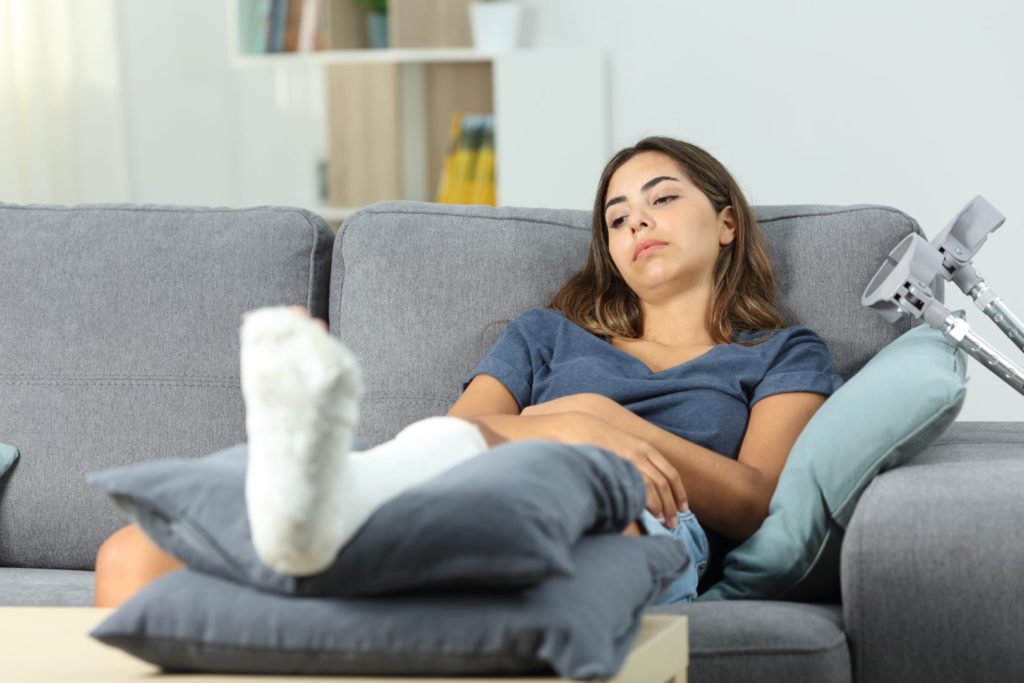Slip and fall accidents can happen anywhere, but they are particularly common in commercial properties such as restaurants, stores, and office buildings. These accidents can lead to serious injuries and legal disputes, raising the important question of liability. In this blog post, we will explore the factors that determine liability in slip and fall accidents on commercial properties. We will also provide some insights into how individuals can protect themselves and business owners can minimize the risk of such incidents.
Understanding Liability
Before delving into who may be liable in a slip and fall accident on commercial property, it’s essential to understand the concept of liability. Liability refers to legal responsibility for an accident or injury. In slip and fall cases, liability typically hinges on whether the property owner or occupier failed to maintain a reasonably safe environment. For further information on liability in slip & fall accidents, check out our blog post.
Potential Liable Parties
In a slip and fall accident on commercial property, various parties may be held liable:
- Property Owner: The owner of the property is often the first party to be considered liable. This could be an individual, a corporation, or a property management company.
- Tenants or Lessees: If a business leases or occupies the property, they may share liability with the property owner, depending on the terms of the lease and who controls maintenance and safety measures.
- Maintenance Contractors: Sometimes, property owners contract third-party maintenance companies responsible for keeping the premises safe. If they fail in their duties, they may be held liable.
- Employees: If an employee’s negligence or actions contributed to the dangerous condition, their employer may share in the liability.
Preventing Slip and Fall Accidents
To minimize the risk of slip and fall accidents and potential liability, commercial property owners and business operators can take the following precautions:
- Regular Inspections: Implement routine inspections of the property to identify and address potential hazards promptly.
- Maintenance: Ensure that maintenance and repairs are carried out promptly to fix any unsafe conditions.
- Warning Signs: Use clear warning signs to alert visitors to potential dangers, such as wet floors or uneven surfaces.
- Employee Training: Train employees to promptly address and report hazards and accidents to prevent further injuries.
Conclusion
Slip and fall accidents in commercial properties can lead to serious injuries and legal challenges. Property owners, tenants, contractors, and employees may all share in liability depending on the circumstances. To minimize the risk of these accidents and potential legal consequences, it is essential for commercial property owners and businesses to prioritize safety, regular maintenance, and employee training. Contact UBFK Law today if you or your business has been involved in a slip and fall incident. We are here to safeguard your rights and protect your best interest.

